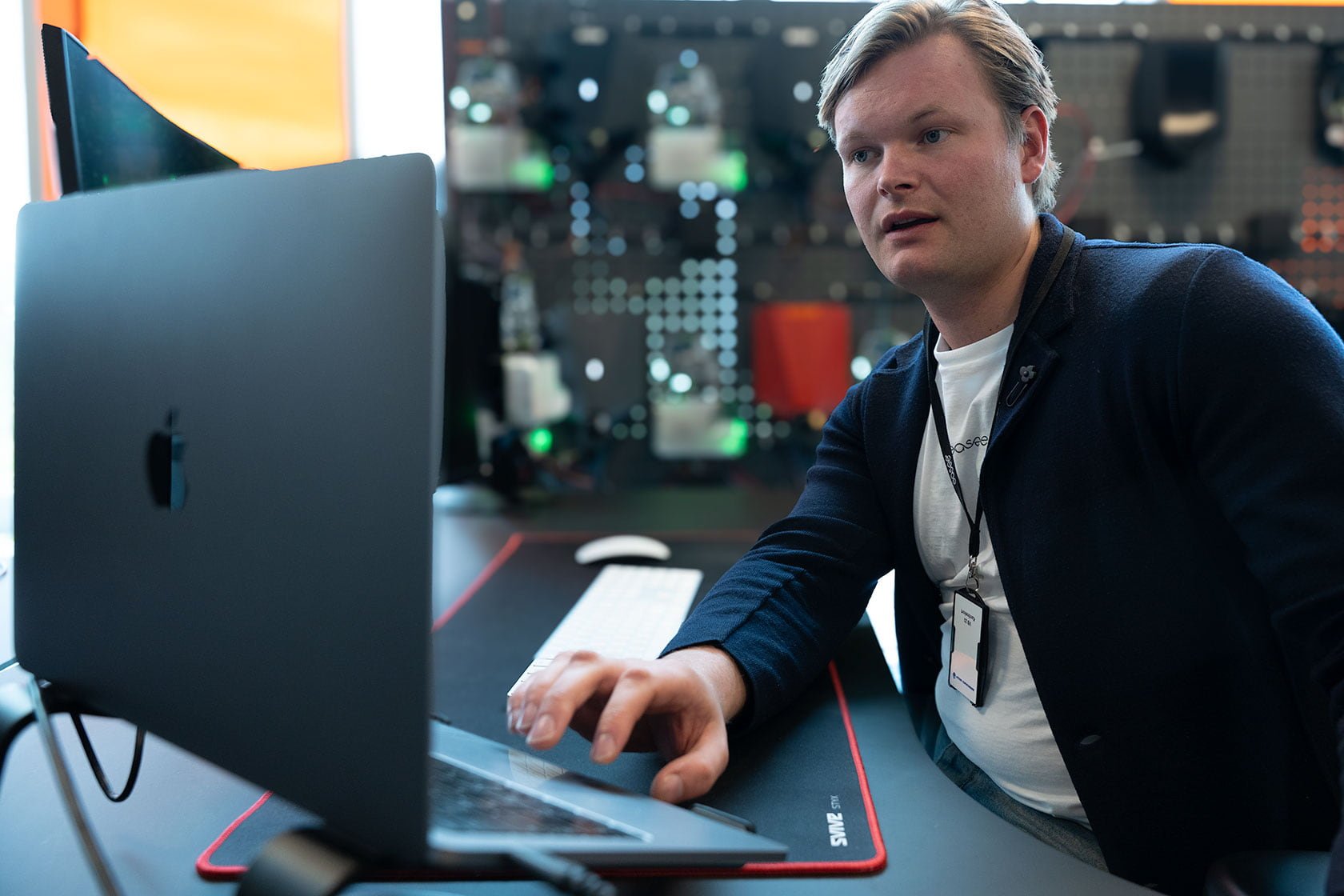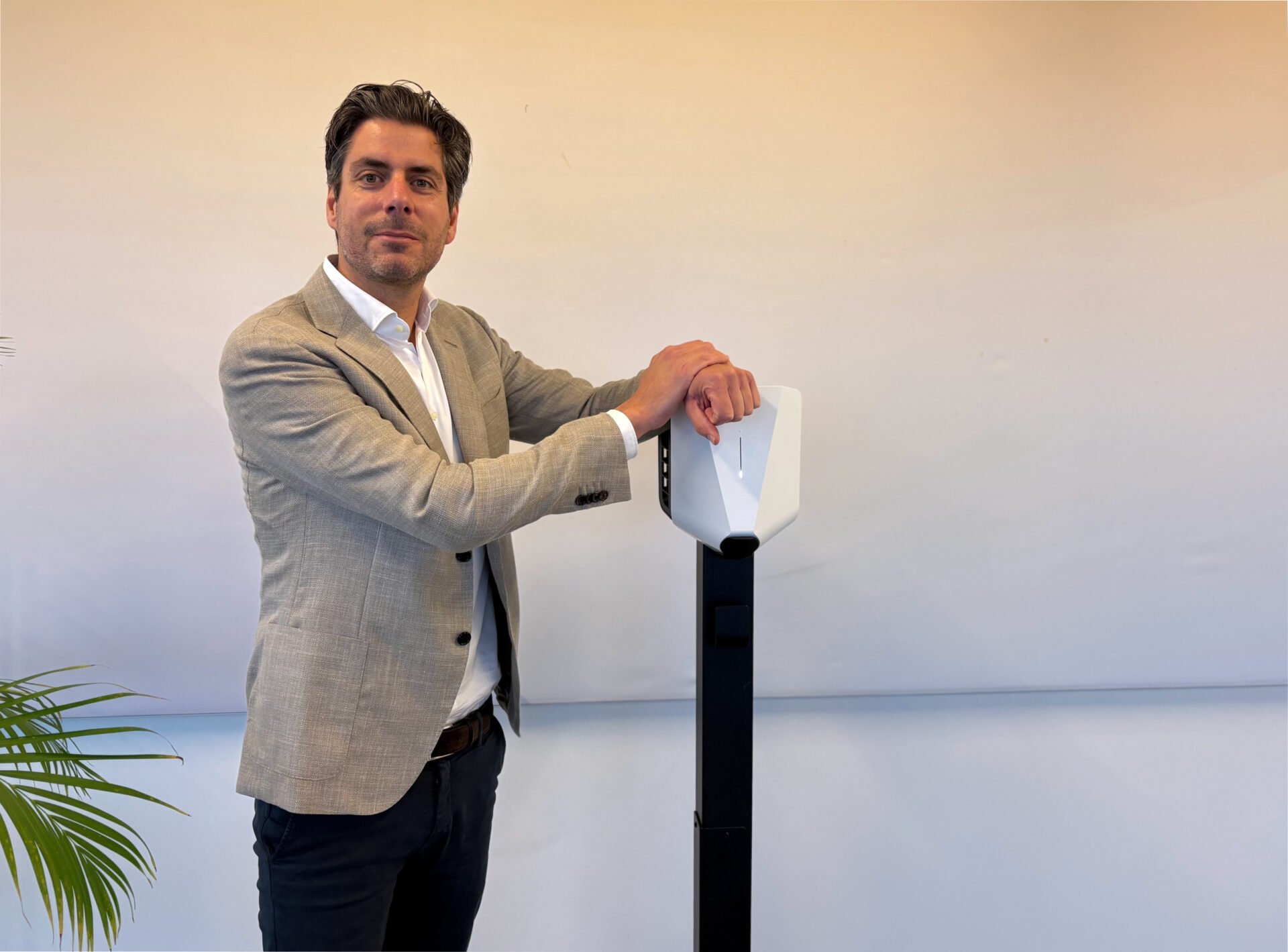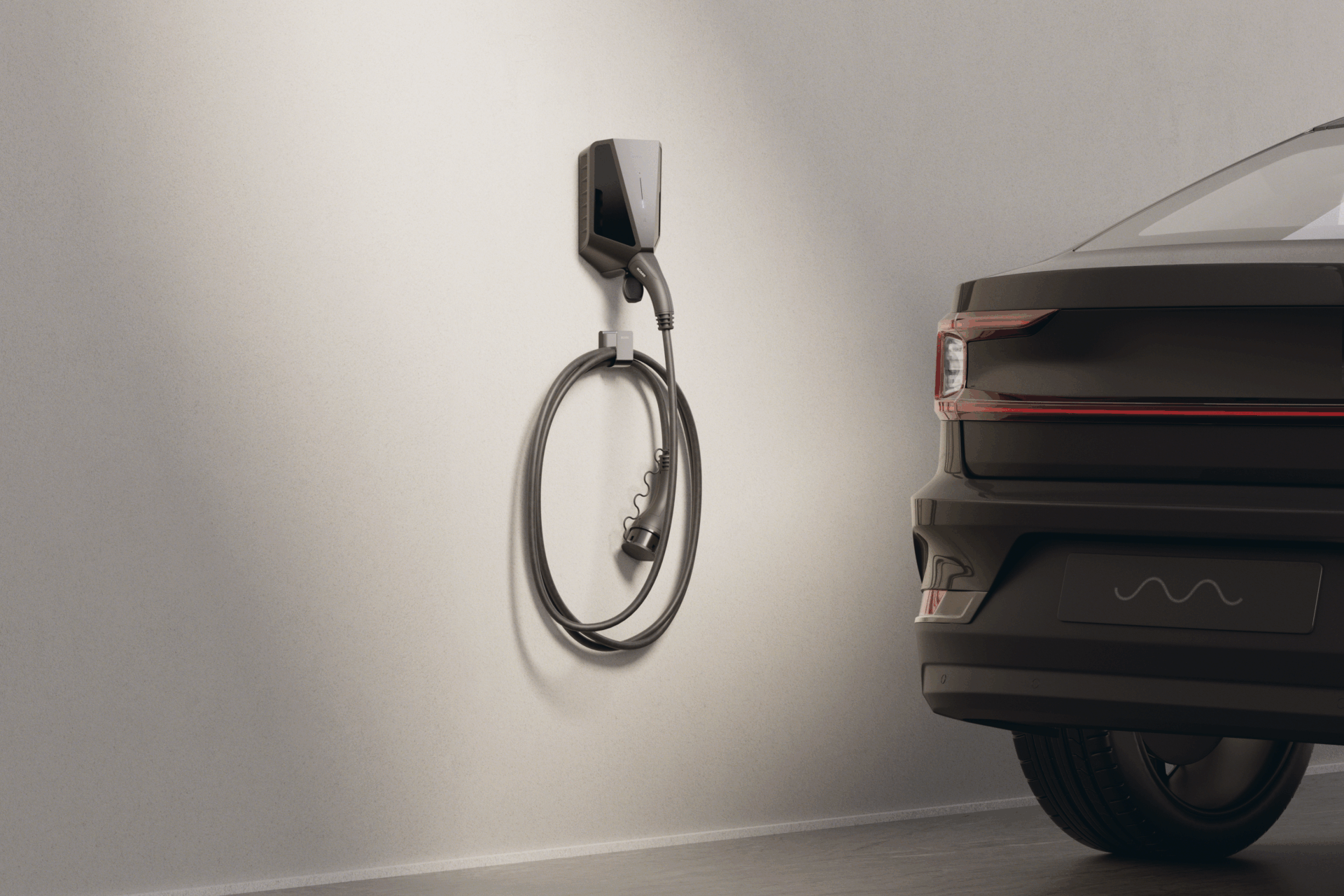V2G: The next EV (r)evolution
We’ve spent more than a hundred years seeing cars as something that consume energy. But what if they could give it back?
Bidirectional energy flow
V2X, or vehicle-to-everything enables bi-directional charging, which enables the battery to discharge and make the energy available for other use cases
V2G, or vehicle-to-grid is when the charger/EV communicates with the grid and reacts accordingly to help alleviate any strain.
Often mentioned as more specific abbreviations, such as V2G (vehicle-to-grid), V2H (vehicle-to-home) or V2B (vehicle-to-building), V2L (Vehicle-to-Load)
– When every electric car becomes a mobile power station, it will change everything, says Fridtjof Falkgård Riege, Product Compliant Specialist in Easee and a real V2G enthusiast.
Riege is one of many that believes Vehicle-to-Grid, or V2G, is one of the most transformative ideas in the shift to electric mobility. The concept is simple: When your electric vehicle (EV) is parked, which it usually is, it can send power back into your home, your office, or even the public grid.
– The beauty of using EVs as mobile mini power grids is that they naturally move to where energy is needed most. In the morning, more cars are parked around office buildings and workplaces. In the evening, the demand shifts to private homes, and that’s exactly where the cars will conveniently be, says Riege.
Read also: Easee joins Polestar to explore future of EV-supported power grids
Why it matters
– The most immediate user benefit is cost saving. You charge the car when electricity is cheap, typically at night, and feed it back into the house when prices peak, says Riege.
But the real strength of V2G lies in its role within the broader energy system.
It helps smooth out demand peaks. Electricity use goes up and down throughout the day. V2G can flatten out those curves, reducing strain on the grid and lowering prices for everyone.
And it’s a perfect match for renewables.
– Solar panels can’t produce power at night. Wind is inconsistent. With V2G, we can store clean energy when it’s available and release it when it’s needed. That makes it possible to rely more on renewables going forward. We believe that for every 1000kW of renewable power, you need 150kW of flexible power, and V2G makes perfect sense in such a scenario.
The environmental benefits are far beyond emissions.
– Expanding the power grid is costly and invasive. You end up cutting down forests, destroying habitats and disrupting neighborhoods. V2G allows us to get more out of what’s already built.

Who benefits?
Pretty much everyone benefits from a V2G fueled future, but in different ways. Riege has plenty of examples:
– Homeowners can cut energy bills and keep the lights on during blackouts.
– Businesses with large car parks, like shopping centers, airports, or offices, can turn those spaces into energy resources. All those parked EVs could be actively supporting the building’s power needs or stabilizing the grid.
– Fleet operators, like taxis, delivery vans or public transport, can use their parked time for smart charging and discharging. That turns downtime into something profitable and useful.
– Events can be powered in smarter ways. Instead of diesel generators, concerts and festivals could use connected EVs to handle power spikes.
– After major disasters, EVs can provide invaluable supply backup power when the grid goes down. This kind of resilience isn’t just about climate goals. It’s about having a reliable energy source when everything else fails.
A shared effort
Getting V2G technology out to the people isn’t something anyone can do alone. Easee is working on it, alongside our competitors, car manufacturers, energy companies, universities and a lot of other players. We all share the same goal: to move beyond one-way charging and build a system where energy flows both ways.
– The end goal is to make the connection between car, home and grid so smooth you won’t even notice it’s there. You plug in your car and get on with your life while the system takes care of the rest, automatically and effortlessly, says Riege.
PS! Easee is currently participating in PAVE, a Polestar-led V2G project in Sweden. Easee’s role is to enable seamless communication between the car and the charger, and a live test setup is already running at Polestar HQ. The next step is to equip five Swedish families with Polestar cars and Easee chargers to test the setup in their homes.
Read more: Polestar explores the future of EV supported power grids




